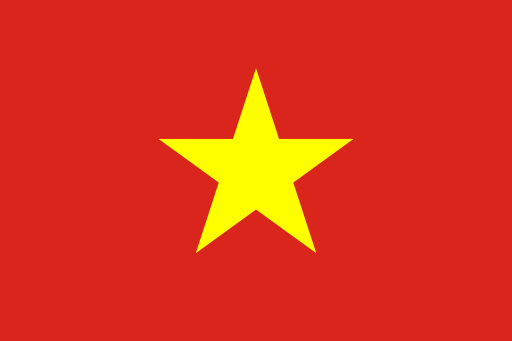The first recorded settlement of Hanoi goes way back to 3000 BC. Since then, the city has existed in various forms. After being baptised as Thang Long, the capital of the Ly dynasty, the city of Hanoi went through several more name changes, finally settling to Hanoi in 1831.

Ly Dynasty
The year 1010 became a significant milestone in Hanoi’s history when king Ly Thai established his court in the city. The city called Thang Long flourished under the Ly Dynasty until the Chinese attacked and occupied the city for a short period.
Later Ly Dynasty
The later Ly Dynasty was successful in overthrowing the Chinese in 1428 and renamed the capital as Dong Kinh. This was the longest ruling dynasty of Vietnam under which the country rose from its ashes and boasted of the third-largest economy of Eastern Asia.
French Colonial Period
During its French occupation, Vietnam was divided into three territories: Tonkin, Annam, and Cochinchina. At first, Hanoi was the capital of Tonkin. It was later promoted as the capital of French Indochina. Much of the modern city’s architecture carries influences from the French such as the Hanoi Opera House, which lies in proximity to many an apartment for rent in Tay Ho the likes of PentStudio West Lake Hanoi.
Road to Freedom
The Japanese occupied Hanoi during WWII and was briefly liberated under the leadership of Ho Chi Minh. But the continuous power struggle with the French troupes led Vietnam to its first Indochina war. After the victory over the French, Hanoi became the capital of independent North Vietnam in 1954. However, during the Vietnam War between North and South Vietnam, Hanoi’s bridges and railways were bombed, disrupting the city’s transportation. Following the end of the war, a unified Vietnam was declared in 1976.









